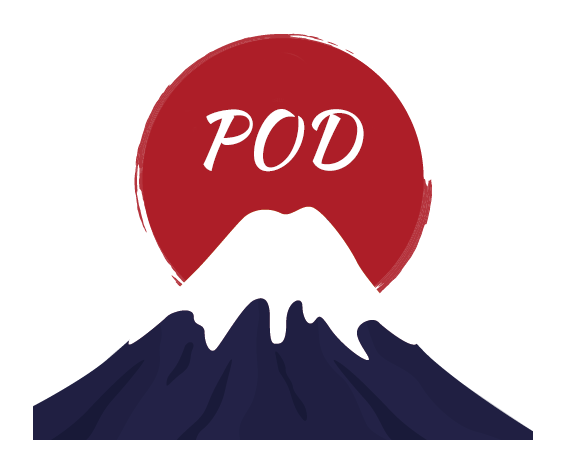Ukiyo-e, which translates to "pictures of the floating world," is a traditional Japanese art form that flourished during the Edo period (1603-1868). These woodblock prints depict various subjects such as landscapes, famous kabuki actors, and beautiful courtesans. If you have ever been captivated by the intricate details and vibrant colors of ukiyo-e prints, why not try creating your own masterpiece? In this article, we will guide you through the process from start to finish, allowing you to customize your own ukiyo-e artwork.
1. Research and Inspiration:
To begin your ukiyo-e journey, it's essential to understand the history and elements of this art form. Study the works of renowned ukiyo-e artists like Hokusai or Hiroshige to gain inspiration. Analyze their use of colors, composition, and subject matter. This research will help you develop a vision for your own ukiyo-e print.
2. Sketching and Design:
Once you have a concept in mind, start sketching your composition on paper. Ukiyo-e prints often feature multiple layers and intricate details. Pay attention to the balance of elements and the overall harmony of your design. Remember, ukiyo-e prints are known for their storytelling, so ensure that your design conveys a narrative or captures a specific moment in time.
3. Carving the Blocks:
Traditionally, ukiyo-e prints are made using woodblocks. Transfer your final design onto a wooden block and carefully carve out the areas that you want to appear as lines or shapes in your print. This process requires patience and precision, as each cut will determine the final outcome of your artwork.
4. Inking and Printing:
After the blocks are carved, it's time to apply ink and print your design. Use traditional Japanese sumi ink for a classic look. Apply the ink to the carved blocks using a brush, making sure to distribute the ink evenly. Place a sheet of Japanese washi paper on top of the inked block and gently press down to transfer the image. Repeat this process for each color in your design, allowing the ink to dry between each layer.
5. Hand-coloring (Optional):
If you want to add a personal touch to your ukiyo-e print, consider hand-coloring it. Traditionally, ukiyo-e prints were often colored by hand using watercolors. This step allows you to bring your artwork to life and experiment with different color combinations. Take your time and carefully apply the colors, enhancing the details and creating depth in your print.
6. Finishing Touches:
Once your print is dry, inspect it for any imperfections or areas that may need touch-ups. Trim the edges of the paper if necessary and sign your artwork to mark it as your own. Consider framing your ukiyo-e print to protect and showcase it. A traditional Japanese frame can add an authentic touch to your masterpiece.
Creating your own ukiyo-e print is a rewarding and immersive experience. It allows you to delve into the rich history of Japanese art while expressing your own creativity. Whether you choose to follow traditional techniques or add a contemporary twist, the process from start to finish will leave you with a unique ukiyo-e masterpiece that reflects your artistic vision. So, gather your tools, let your imagination soar, and embark on this enchanting artistic journey!
Related recommendations:
Products designed and printed with the 10 most popular ukiyo-e themes.

